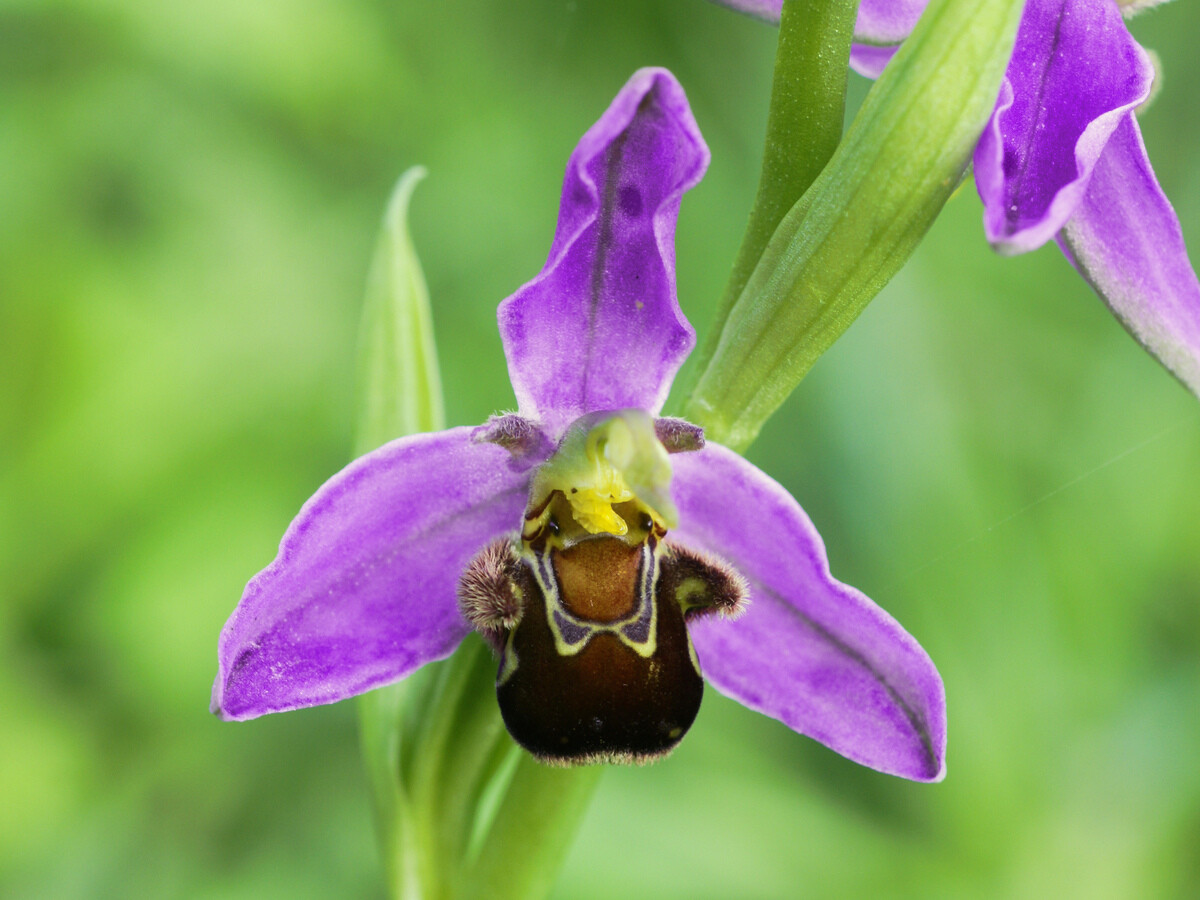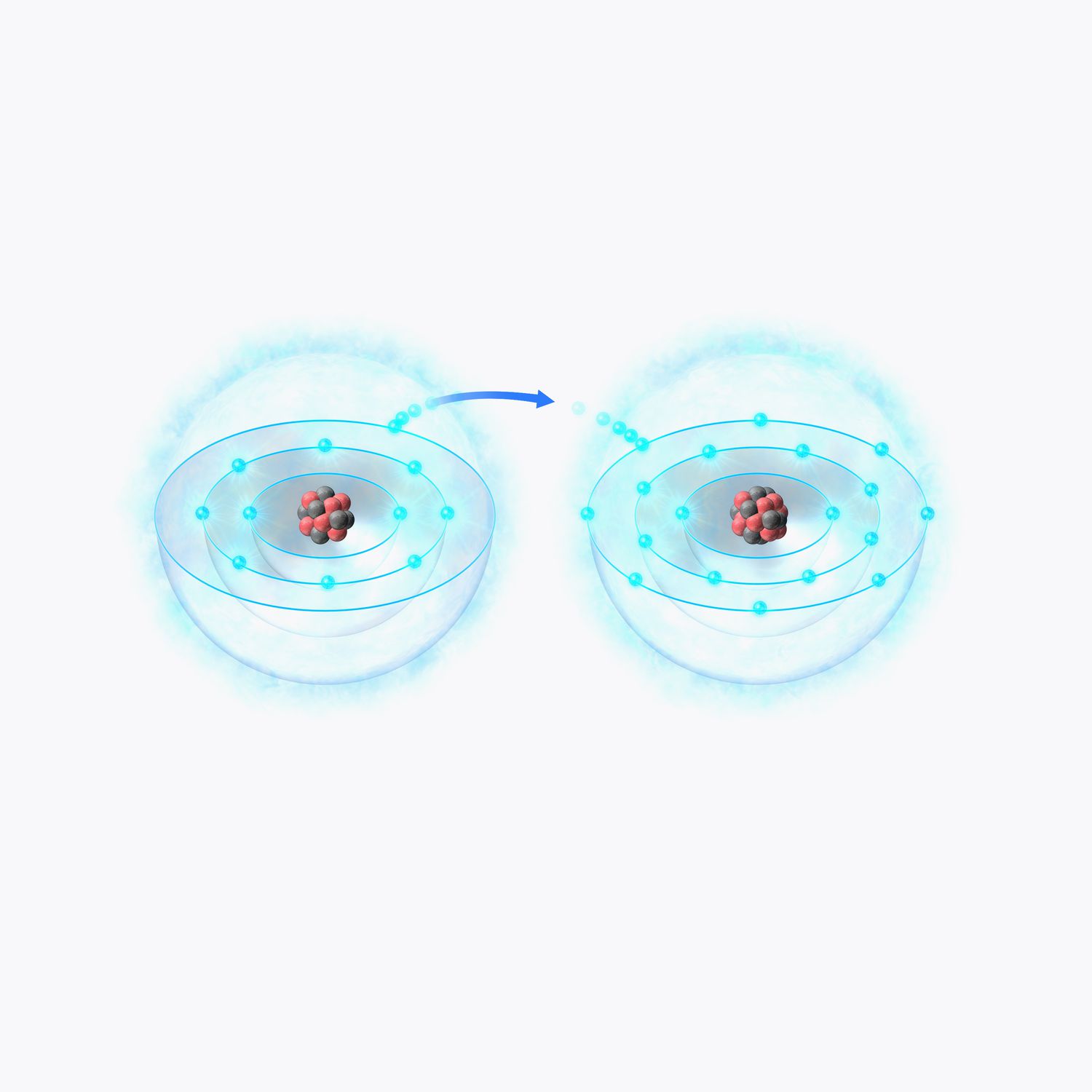
When it comes to the fascinating world of orchids, one variety that stands out is the Bee Orchid. Known for its stunning beauty and unique characteristics, the Bee Orchid is a species that captivates nature enthusiasts and botanists alike. With its intricate patterns and striking resemblance to a bee, this orchid has earned its name and gained popularity worldwide.
In this article, we will explore 13 mind-blowing facts about the Bee Orchid that will leave you in awe of nature’s creativity. From its deceptive pollination tactics to its rare and elusive nature, these facts will shed light on the mesmerizing qualities of this remarkable plant. So, get ready to delve into the enchanting world of the Bee Orchid and discover the secrets behind its intriguing existence.
Key Takeaways:
- Bee Orchids are clever mimics that look and smell like female bees to attract male bees for pollination. Their unique appearance and fragrance make them stand out in the plant world.
- Bee Orchids have a short flowering period and rely on specific pollinators for reproduction. Conservation efforts are crucial to protect these captivating orchids from threats like habitat loss and climate change.
Bee Orchid has an uncanny resemblance to a bee.
The Bee Orchid, scientifically known as Ophrys apifera, is aptly named for its remarkable ability to mimic the appearance and scent of a female bee. This clever deceptive strategy is used to attract male bees for pollination.
The Bee Orchid is native to Europe and the Mediterranean region.
This fascinating species can be found in various countries and regions across Europe, including the United Kingdom, France, Spain, Italy, Greece, and many more. It thrives in sunny and well-drained habitats such as meadows, grasslands, and scrublands.
The flowers of Bee Orchid bloom in late spring or early summer.
During this time, the vibrant and intricately designed flowers emerge, showcasing their mesmerizing patterns and colors. The striking combination of purple, pink, and white petals, coupled with the distinctive bee-like shape, makes the Bee Orchid truly captivating.
Bee Orchids have a unique pollination strategy.
These remarkable orchids rely on sexual deception to attract specific pollinators. Male bees are lured by the orchid’s resemblance to a female bee, leading them to attempt to mate with the flower. In the process, the bees inadvertently transfer pollen from one flower to another, aiding in cross-pollination.
There are over 50 different species of Bee Orchid.
While the Ophrys apifera is the most well-known and widespread species, there is a remarkable diversity among the Bee Orchids. Each species exhibits unique adaptations and variations in their floral characteristics, ensuring their survival in different environments.
Bee Orchid flowers have a strong fragrance.
The flowers release a scent similar to that of female bees in order to attract male bees. This fragrance, combined with the visual deception, creates a compelling sensory experience for the pollinators.
Bee Orchids form symbiotic relationships with fungi.
Like many orchid species, Bee Orchids form mycorrhizal associations with specific fungi. These fungi help the orchids with nutrient absorption, while the orchids provide the fungi with sugars produced through photosynthesis.
Bee Orchid seeds are incredibly small.
The tiny seeds of the Bee Orchid are dust-like and have no endosperm, making them dependent on symbiotic fungi for germination and growth. This unique adaptation ensures the survival and dispersal of the species.
Bee Orchids have a wide range of flower color variations.
While the classical appearance of the Bee Orchid features shades of purple, pink, and white, there are variations in color patterns observed among different populations. Some may have darker or lighter hues, or even different shades altogether.
The distribution of Bee Orchids can be influenced by climate change.
As with many plant species, the distribution of Bee Orchids can be affected by changing climatic conditions. Climate change can alter the availability of suitable habitats and disrupt the delicate balance between the orchids and their pollinators.
Bee Orchids have a short flowering period.
Although their captivating flowers may seem like a permanent fixture in the landscape, Bee Orchids only flower for a few weeks during the year. This limited period adds to their allure and makes encountering them even more special.
Bee Orchids have medicinal uses in traditional medicine.
In traditional medicine, certain parts of the Bee Orchid have been used for their medicinal properties. They have been used to treat various ailments such as gastrointestinal issues, respiratory problems, and even as an aphrodisiac.
Conservation efforts are crucial to protect Bee Orchids.
Due to habitat loss, climate change, and unsustainable collection, many Bee Orchid species are facing threats to their survival. Conserving their natural habitats and raising awareness about their ecological importance are essential steps in safeguarding these captivating orchids.
Conclusion
In conclusion, the Bee Orchid is truly a remarkable species that captivates and intrigues nature lovers and scientists alike. Its unique adaptations and mimicry techniques have enabled it to thrive in diverse environments and attract pollinators with astonishing precision. From its intricate flower structure resembling a female bee to its ability to emit pheromones to attract male bees, the Bee Orchid is a master of deception and survival.As we continue to explore the wonders of the natural world, the Bee Orchid stands out as a testament to the incredible diversity and adaptability of plant species. Learning about these mind-blowing facts about the Bee Orchid not only expands our knowledge but also deepens our appreciation for the intricate relationships between plants and their pollinators.So, the next time you come across a Bee Orchid in the wild, take a moment to marvel at its remarkable beauty and the extraordinary evolutionary strategies it employs to ensure its survival. The Bee Orchid truly is a fascinating example of nature’s ingenuity.
FAQs
1. What is the significance of the Bee Orchid’s mimicry?
The Bee Orchid’s mimicry plays a vital role in attracting specific pollinators, mainly male bees, which unwittingly help in the orchid’s pollination process.
2. How does the Bee Orchid create the illusion of a female bee?
The Bee Orchid achieves this by developing its flower structure to resemble the body shape, coloration, and patterns of a female bee, tricking male bees into attempting to mate with it.
3. How does the Bee Orchid emit pheromones?
The Bee Orchid produces an odor similar to female bee pheromones, which attracts male bees and increases the chances of successful pollination.
4. Does the Bee Orchid mimic any other insects?
While the Bee Orchid’s primary mimicry is focused on bees, there have been instances where it has been found to resemble other insects like wasps and flies.
5. Where can Bee Orchids be found?
Bee Orchids can be found in various habitats across Europe, Asia, and North Africa, where suitable conditions for their growth and pollinators are present.
Bee Orchids' fascinating pollination strategies are just one example of nature's incredible adaptations. Dive deeper into pollination mysteries, learn about vibrant wildflowers that brighten landscapes, and explore native plants like Compass Plant with their unique characteristics. Each topic offers a captivating journey into the wonders of the natural world, revealing secrets that will leave you in awe of the intricate relationships between plants and their environment. Embark on this adventure of discovery and uncover the remarkable stories hidden within the realm of botany.
Was this page helpful?
Our commitment to delivering trustworthy and engaging content is at the heart of what we do. Each fact on our site is contributed by real users like you, bringing a wealth of diverse insights and information. To ensure the highest standards of accuracy and reliability, our dedicated editors meticulously review each submission. This process guarantees that the facts we share are not only fascinating but also credible. Trust in our commitment to quality and authenticity as you explore and learn with us.


